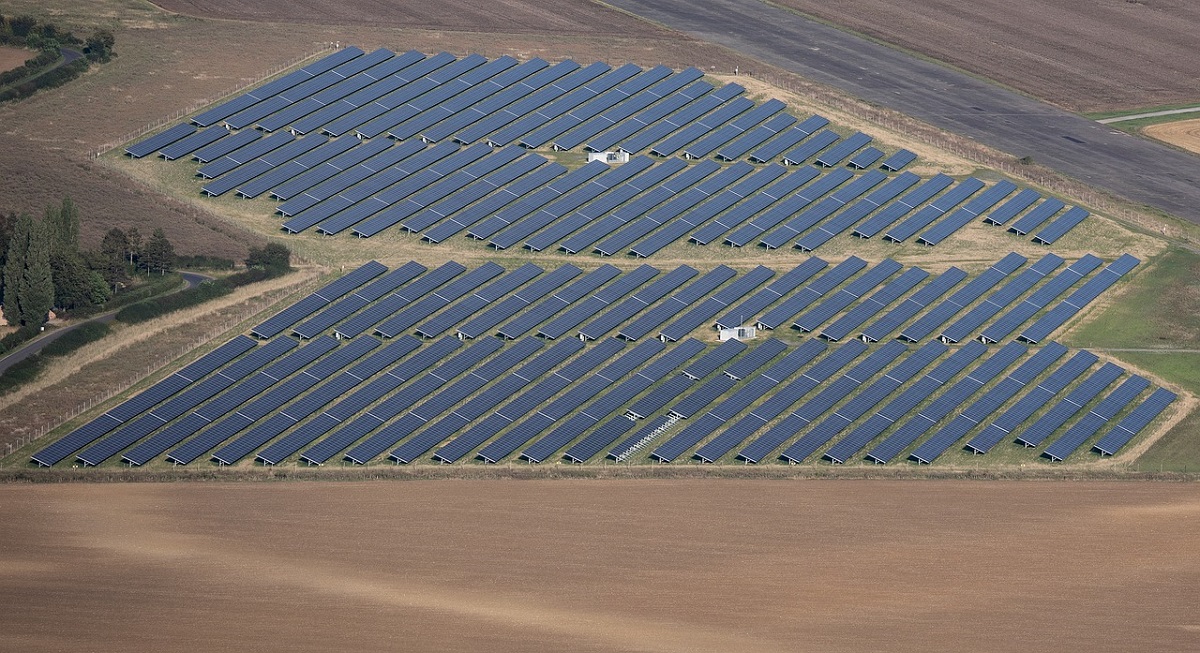Solar farms along tsunami-ravaged beaches, green energy “micro-grids,” and the experimental creation of non-polluting hydrogen: Japan’s Fukushima area is investing in a sustainable future 11 years after its nuclear horror, according to AFP.
On March 11, 2011, an earthquake in northeastern Japan triggered a catastrophic tsunami, causing a meltdown at the Fukushima nuclear power plant and necessitating widespread evacuations due to radiation worries.
One year later, Fukushima’s regional administration declared a target of supplying all of the region’s energy demands with renewable energy by 2040, a program designed to help inhabitants “reclaim” the land they call home, according to authorities.
Significant progress has been accomplished, due in part to substantial financial backing from the national government.
In fiscal 2020, renewables contributed for 43 percent of Fukushima’s energy consumption, up from 24 percent in 2011.
However, challenges continue, ranging from greater consumer costs to ongoing concerns about contamination.
A glittering field of solar panels now covers a coastline stretch north of the crippled Fukushima plant, at a spot that was previously intended for the region’s third nuclear power station, a proposal that was shelved after the tsunami.
The power generated by the station, which is the size of 25 football fields and was finished in 2020, is used to produce hydrogen—a clean fuel when created with renewable electricity, and one that Japan hopes will help it achieve its goal of carbon neutrality by 2050.
Fuel generated at the “Fukushima Hydrogen Energy Research Field” near Namie has already been utilized on a modest scale, notably at the Tokyo Olympics last year and to refuel locally operated fuel-cell automobiles.
Another renewables initiative vying for locals’ support is “micro-grids,” in which power is produced and used in the same location.
Katsurao, a tiny community near the Fukushima nuclear power plant, was evacuated between 2011 and 2016 due to radioactive pollution and today has just 450 people, less than a third of its original population.
A former rice field, which was used to store radioactive materials while workers performed perilous early decommissioning work, now houses a solar farm, the power from which is delivered directly to the hamlet.
The town has been active since 2020, according to Seiichi Suzuki, vice-president of Katsurao Electric Power, and is Japan’s “first independent community with a micro-grid.”

